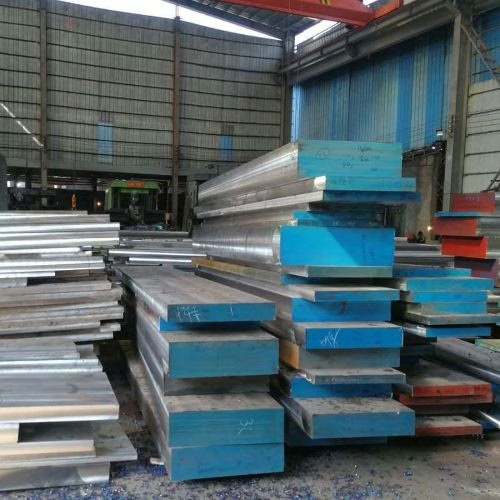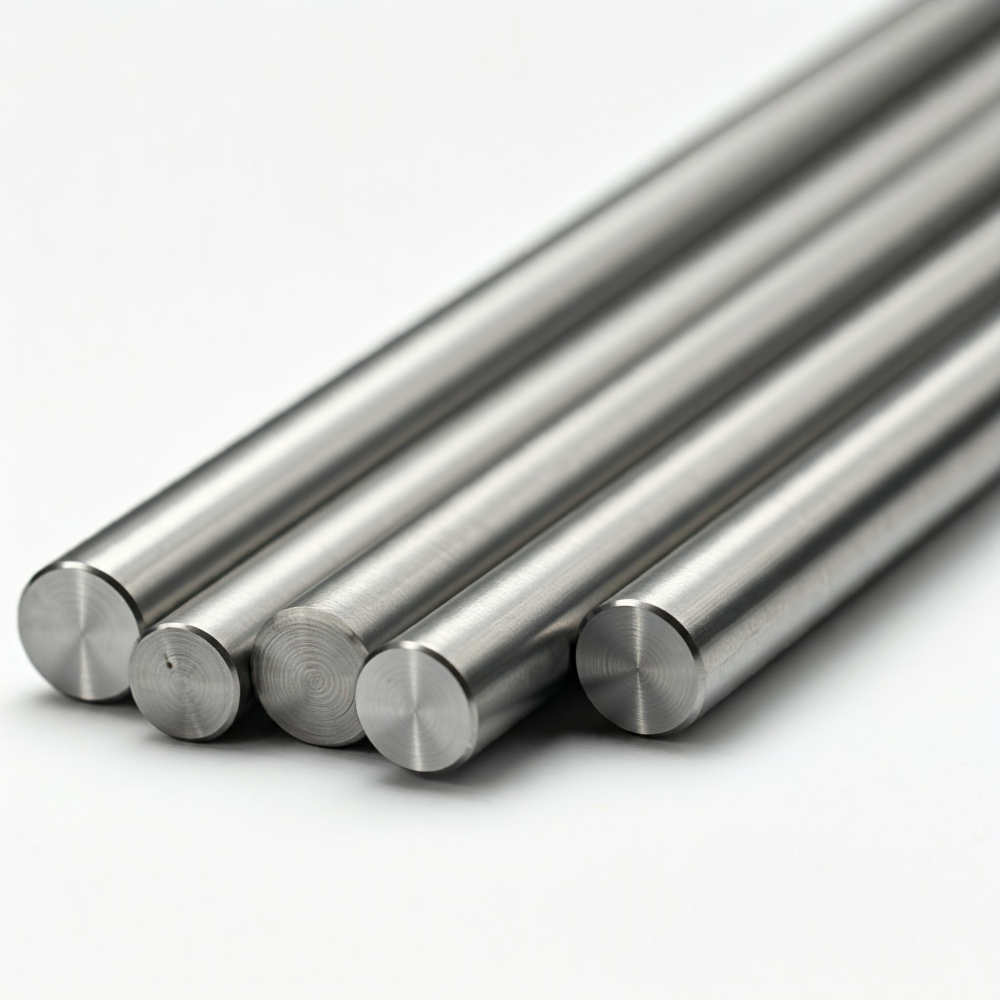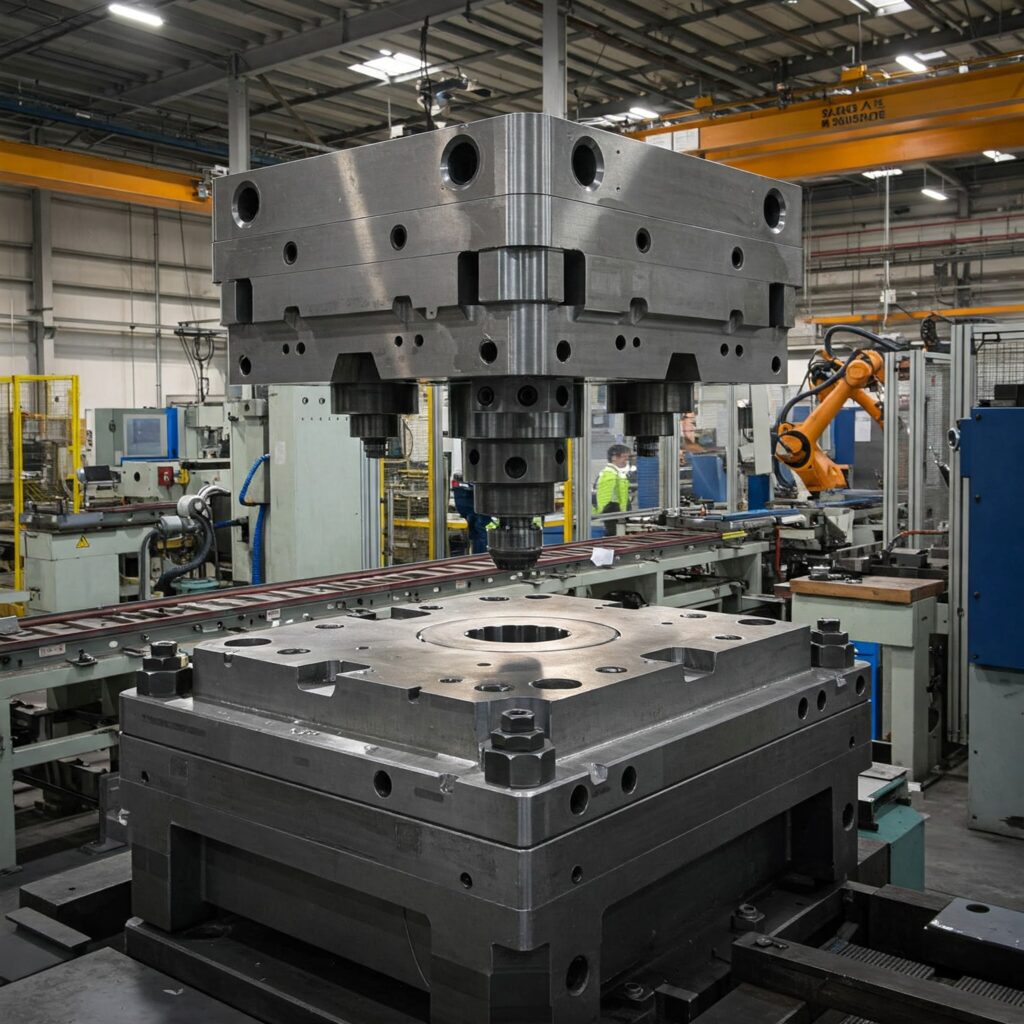When selecting materials for demanding applications, understanding the mechanical properties is critical. For engineers working with structural components and machinery, tensile strength is a key metric. Let’s take a straightforward look at AISI 4140 steel, a popular choice we supply here at Aobo Steel, and specifically its tensile strength.

What is 4140 Steel?
First, AISI 4140 is a medium alloy steel, specifically a chromium-molybdenum (Cr-Mo) type. Its typical composition, according to the AISI standard, includes 0.38%-0.45% carbon, 0.90%-1.2% chromium, and 0.15%-0.30% molybdenum. The molybdenum content is important – it helps achieve a fine microstructure after hot working and heat treatment, resulting in a good balance of strength and toughness.
This steel is known for its high hardenability, meaning it can achieve high strength even in larger components. This makes it suitable for machine parts with significant cross-sections that require enhanced strength after refinement. At Aobo Steel, we often supply 4140 for demanding parts, such as crankshafts and axles, where it performs well under both static and dynamic loads.
Tensile Strength: It Varies
Now, let’s discuss the numbers. The tensile strength of 4140 steel isn’t one fixed value. It depends significantly on its condition and, crucially, the heat treatment applied – particularly the tempering temperature after quenching. Quenching and tempering are standard processes used to significantly enhance their properties significantly, resulting in higher yield and tensile strengths and better notch toughness compared to their hot-rolled, annealed, or normalized states.
Here’s a breakdown of typical tensile strength values based on condition:
- Annealed Condition: When annealed, 4140 is softer and more ductile. Tensile strength in this state is generally lower, ranging from approximately 620 MPa (90 ksi) to 703 MPa (102 ksi). However, some sources may report variations of up to 150-200 ksi, depending on specific processing methods, such as hot rolling versus cold drawing.
- Quenched and Tempered (Q&T) Condition: This is where 4140 truly demonstrates its strength potential. Quenching creates a hard martensitic structure, and tempering adjusts this to achieve the desired balance of strength and toughness. Importantly, higher tempering temperatures generally lead to lower tensile strength but increased toughness and ductility. Here are typical tensile strength values for oil-quenched 4140 bars (from 845°C / 1550°F) when tempered at different temperatures:
- Tempered at 205°C (400°F): ~1965 MPa (285 ksi)
- Tempered at 315°C (600°F): ~1720 MPa (250 ksi)
- Tempered at 425°C (800°F): ~1450 MPa (210 ksi)
- Tempered at 540°C (1000°F): ~1150 MPa (167 ksi)
- Tempered at 650°C (1200°F): ~900 MPa (130 ksi)
- Tempered at 705°C (1300°F): ~810 MPa (117 ksi)
The Effect of Size (Mass Effect)
For high-strength levels, the size or cross-section of the 4140 component is crucial. While it exhibits good hardenability, it’s not as deep-hardening as some other alloys, such as 4340. For larger diameter parts, achieving uniform high strength through the entire cross-section, especially with oil quenching, becomes more challenging.
For example, data shows that for 4140 oil-quenched from 845°C (1550°F) and tempered at 540°C (1000°F):
- A 25 mm (1 in.) bar might achieve ~1140 MPa (165 ksi).
- A 50 mm (2 in.) bar might achieve ~920 MPa (133 ksi).
- A 75 mm (3 in.) bar might achieve ~860 MPa (125 ksi).
The tensile strength decreases as the diameter increases due to the slower cooling rate deeper inside the material during quenching.
Summary and Considerations
In short, the tensile strength of 4140 steel is highly dependent on its heat treatment. Annealed, it’s around 620-703 MPa (90-102 ksi). When quenched and tempered, particularly at lower tempering temperatures, it can reach strengths approaching 1965 MPa (285 ksi). However, remember that larger sections will typically have lower achievable strength due to the mass effect.
It’s also vital to consider other properties alongside tensile strength, such as:
- Yield Strength: Typically high in Q&T conditions with a high ratio to tensile strength.
- Ductility: Measured by elongation and reduction in area.
- Toughness: Measured by impact tests like Izod or Charpy.
Tempering allows us to tailor this balance. Increasing the tempering temperature reduces strength but improves ductility and toughness. Note also that tempering 4140 between approximately 230°C and 370°C (450°F to 700°F) is generally avoided to prevent “blue brittleness.”
At Aobo Steel, with over 20 years of experience in tool steel, we understand these nuances. If you have a specific component, know the dimensions, and the required properties (including toughness), we can advise on the optimal heat treatment and supply condition to meet your precise needs. Feel free to reach out to discuss your project requirements.


